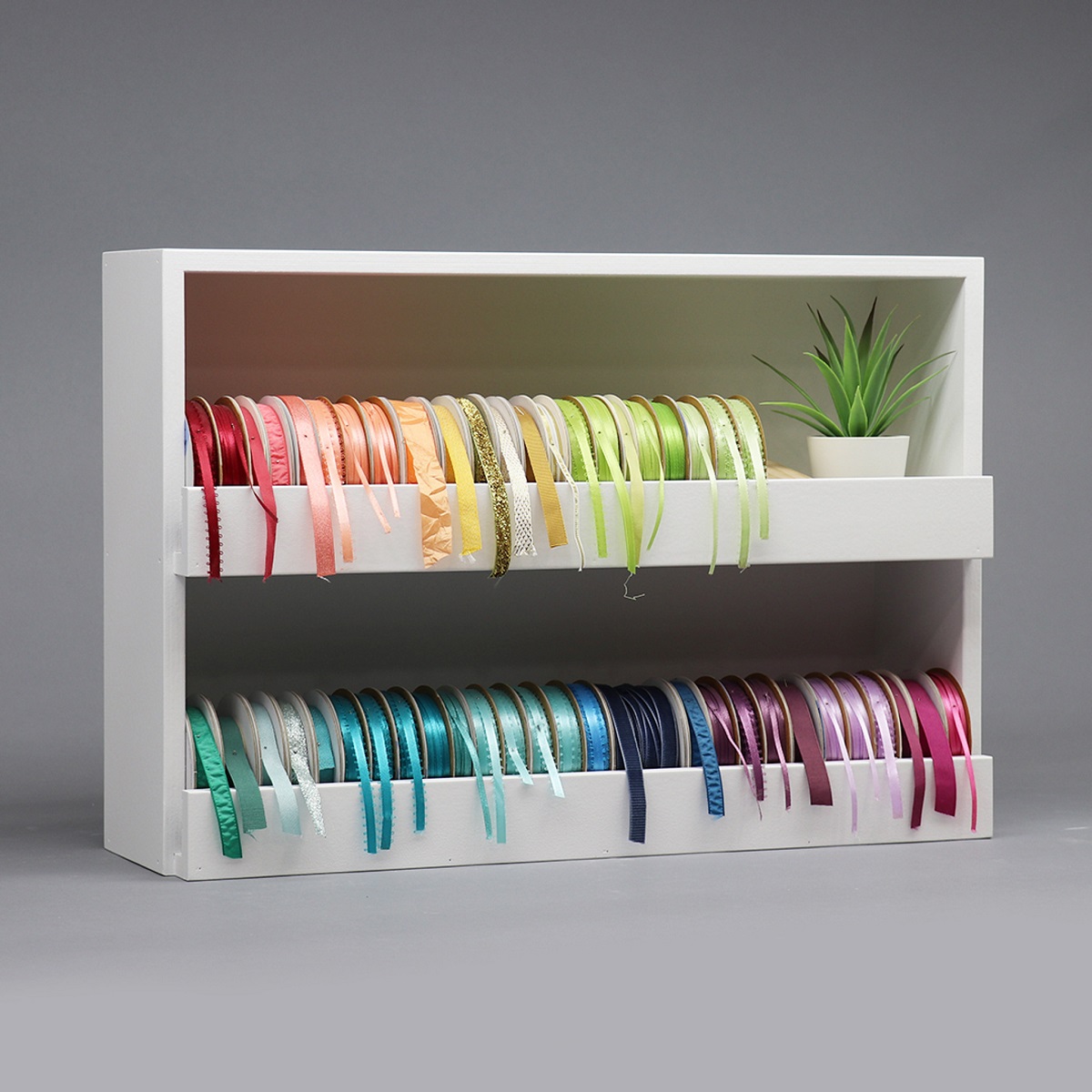

Articles
How To Store Rolls Of Ribbon
Modified: January 6, 2024
Learn the best techniques for storing your rolls of ribbon with these helpful articles. Keep your ribbon organized and easily accessible for all your crafting needs.
(Many of the links in this article redirect to a specific reviewed product. Your purchase of these products through affiliate links helps to generate commission for Storables.com, at no extra cost. Learn more)
Introduction
When it comes to storing rolls of ribbon, it’s important to find an efficient and organized system to prevent them from becoming tangled, creased, or damaged. Whether you have a small collection of ribbons or a vast array of colors and patterns, proper storage is key to maintaining their quality and usability.
In this article, we will guide you through the step-by-step process of how to store rolls of ribbon effectively. From choosing the right storage container to organizing them by color or type, these tips will ensure that your ribbons are neatly kept and easily accessible whenever you need them. So, let’s dive in!
Key Takeaways:
- Efficient ribbon storage involves choosing the right container, preparing the ribbons, organizing them by color/type, storing them vertically, labeling the container, and keeping them in a cool, dry area to maintain quality and accessibility.
- By following a systematic approach to ribbon storage, you can ensure that your ribbons remain organized, easily accessible, and in excellent condition, enhancing your crafting experience and saving time in finding the perfect ribbon for your projects.
Read more: How To Store Ribbon Rolls
Step 1: Choosing the Right Storage Container
The first step in storing rolls of ribbon is determining the ideal storage container. It’s important to choose a container that will keep your ribbons protected from dust, moisture, and any potential damage. Here are a few options to consider:
- Plastic storage bins: Plastic bins with secure lids are a popular choice for ribbon storage. They are durable, easily stackable, and provide adequate protection from dust and moisture.
- Clear plastic pouches: If you prefer a more compact storage solution, clear plastic pouches with zip closures can be a great option. They allow you to see the ribbons without opening the pouch, making it convenient to locate specific colors or patterns.
- Hanging ribbon organizers: If you want to display your ribbons and have easy access to them, consider using a hanging ribbon organizer. These organizers typically have multiple rods or hooks where you can hang the ribbon rolls.
When choosing a storage container, make sure it is large enough to accommodate your ribbon collection and has a secure closure mechanism to keep the ribbons safe and protected.
Additionally, consider the dimensions of your ribbon rolls when selecting a storage container. Some containers may be better suited for smaller spools of ribbon, while others can comfortably hold larger rolls. Take inventory of your ribbon collection to determine the appropriate size and capacity needed for your storage container.
Remember, the goal is to find a storage container that not only protects your ribbons but also allows for easy access and organization. By selecting the right storage container, you’ll set the foundation for an efficient and tidy ribbon storage system.
Step 2: Preparing the Rolls of Ribbon
Before storing your rolls of ribbon, it’s important to prepare them properly to prevent any potential damage or tangling. Here are a few steps to follow:
- Trim any excess ribbon: If you have any long ends of ribbon sticking out from the rolls, trim them to a shorter length. This will not only make the rolls more compact but also prevent them from snagging or getting tangled.
- Secure loose ends: For ribbons that have loose ends, such as those that have been used or partially unwound, make sure to secure them. You can use a small piece of tape or a rubber band to keep the end of the ribbon in place.
- Straighten out any creases: If you notice any creases or wrinkles in the ribbons, gently straighten them out by running your fingers along the length of the ribbon. This will help prevent any permanent creasing or damage during storage.
- Inspect for any damage: Before storing your ribbons, take a moment to inspect them for any signs of damage, such as frayed edges or discoloration. If you come across any damaged ribbons, consider either repairing them or removing them from your collection.
- Group ribbons of similar lengths: If you have multiple rolls of ribbon that are similar in length, consider grouping them together. This will make it easier to access and retrieve the desired length of ribbon when needed.
By taking the time to properly prepare your rolls of ribbon before storage, you can ensure that they remain in good condition and are ready for use whenever you need them. With these simple steps, you can minimize the chances of tangling, damage, or loss of ribbon throughout the storage process.
Step 3: Organizing the Ribbon Rolls by Color or Type
One of the key aspects of efficient ribbon storage is organizing your ribbons in a way that allows for easy retrieval and identification. An effective way to achieve this is by organizing your ribbon rolls by color or type. Here’s how:
- Sort by color: Start by sorting your ribbon rolls into different color groups. You can create separate sections or compartments within your storage container for each color category. This will make it effortless to find the specific color you need without having to dig through all your ribbons.
- Sort by type: If you have a diverse collection of ribbons with different patterns and materials, consider further categorizing them by type. You can have separate sections for satin ribbons, organza ribbons, grosgrain ribbons, and so on. This level of organization will allow you to quickly locate the exact ribbon you’re looking for.
- Use dividers or containers: To keep your color or type categories separate and organized, consider using dividers or smaller containers within your main storage container. This will help prevent the ribbons from mixing together and ensure that each group remains neatly organized.
- Label each section: To make identification even easier, label each section or compartment with the corresponding color or type. You can use sticky labels, tags, or even color-coded stickers to provide a visual cue for each category.
By organizing your ribbon rolls by color or type, you eliminate the need to search through a jumbled mess of ribbons when in need of a specific one. This method simplifies the process of finding the perfect ribbon for your project and saves valuable time.
Remember to periodically reassess your organization system as your ribbon collection grows or changes. You may need to rearrange or adjust the categorization to accommodate new additions or variations in your collection.
Store rolls of ribbon in a clear plastic container with dividers to keep them organized and prevent tangling. Keep the container in a cool, dry place to preserve the quality of the ribbon.
Step 4: Storing the Ribbon Rolls Vertically
When it comes to storing rolls of ribbon, a common mistake is storing them horizontally, which can lead to tangling and difficulty in accessing specific rolls. The ideal method is to store the ribbon rolls vertically. Here’s why:
Storing ribbon rolls vertically helps prevent tangling and keeps the rolls easily accessible. When ribbon rolls are stored horizontally, especially if they are loosely packed or have different sizes, they have a tendency to shift and become entangled with one another. This not only creates a mess but also makes it challenging to find and retrieve a specific roll when needed.
By storing ribbon rolls vertically, you can easily see and access each roll without disturbing the others. There are several ways to accomplish this:
- Rod or dowel: Consider using a rod or dowel inserted through the center of the ribbon roll. This keeps the rolls in an upright position and prevents them from rolling around or unraveling.
- Ribbon dispensers: Ribbon dispensers are another convenient option, especially if you frequently use different ribbons in your projects. These dispensers typically have a mechanism that allows you to pull out the desired length of ribbon without disturbing the rest of the roll.
- Individual spool holders: If you prefer a more customizable approach, you can use individual spool holders to keep each ribbon roll upright. These holders can be easily inserted into a storage container or attached to a vertical surface.
Remember to leave some space between the stored ribbon rolls to prevent excessive pressure or crowding, which can lead to creases or damage. Additionally, ensure that the storage container or holders provide adequate support to keep the rolls in place.
Storing ribbon rolls vertically not only keeps them neatly organized but also makes it effortless to find and access the specific ribbons you need for your projects. This simple change in storage orientation can greatly improve the efficiency and convenience of using your ribbon collection.
Read more: How To Store Ribbon
Step 5: Labeling the Storage Container for Easy Identification
Labeling the storage container for your ribbon rolls is an essential step in maintaining an organized and efficient storage system. Clear and visible labels help you quickly identify the contents of the container without the need to open or search through it. Here’s how to label your storage container:
- Choose a labeling method: Decide on the type of labels you want to use. You can opt for sticky labels, adhesive tags, or even create your own custom labels using a label maker or printable labels.
- Create clear and descriptive labels: Clearly label the storage container with the type of ribbons it contains or the color categories you have organized them into. For example, you can use labels such as “Satin Ribbons” or “Blue and Green Ribbons” to provide a clear indication of what’s inside.
- Make labels visible: Place the labels on the front or top of the storage container where they can be easily seen. If using clear containers, adhere the labels to the exterior so that they are visible even when the container is closed or stacked with other containers.
- Consider color-coding or numbering: To further enhance the organization and identification process, you can color-code your labels based on different categories or use numbering systems. For example, assign a specific color or number to each type of ribbon or color group to quickly locate and retrieve the desired roll.
- Update labels as needed: As your ribbon collection grows or changes, make sure to update the labels on the storage containers accordingly. This ensures that the labels remain accurate and up-to-date.
Labeling the storage container not only helps you easily identify the contents but also enables others to find ribbons if necessary. It saves time and effort in searching through multiple containers and promotes a more organized and efficient ribbon storage system.
Remember to choose durable labels that will withstand regular handling and potentially some exposure to dust or moisture. Proper labeling is a small investment that goes a long way in simplifying the storage and retrieval of your ribbon rolls.
Step 6: Keeping the Ribbon Rolls in a Cool and Dry Area
Proper storage conditions are crucial for maintaining the quality and longevity of your ribbon rolls. It’s important to keep them in a cool and dry area to prevent any potential damage or degradation. Here’s why:
Heat and moisture can have adverse effects on ribbon rolls, causing them to fade, weaken, or even deteriorate over time. To ensure that your ribbons remain in optimal condition, follow these guidelines:
- Avoid direct sunlight: Keep your ribbon rolls away from direct sunlight, as prolonged exposure can lead to fading and discoloration. Choose a storage area that is shielded from sunlight or use opaque storage containers to prevent any light from reaching the ribbons.
- Control humidity levels: Excess moisture can cause your ribbon rolls to become damp, leading to mold or mildew growth. Store your ribbons in a dry area with controlled humidity levels. Avoid basements or areas prone to high humidity, such as bathrooms or laundry rooms.
- Avoid extreme temperatures: Fluctuations in temperature can also affect the quality of the ribbons. Avoid storing them in areas that experience extreme heat or cold, such as attics or unheated garages. Opt for a temperature-controlled storage space whenever possible.
- Protect from dust and debris: Dust and debris can accumulate on your ribbon rolls over time, affecting their appearance and condition. Store them in a clean and enclosed space, such as a closed cabinet or plastic storage container, to minimize dust exposure.
- Consider moisture-absorbing agents: If you live in a particularly humid climate or have moisture concerns, you can place moisture-absorbing packets or silica gel packs near your ribbon rolls. These help to absorb excess moisture and maintain a drier environment.
By keeping your ribbon rolls in a cool and dry area, you can preserve their color, texture, and overall quality. This ensures that they remain ready for use in your creative projects, without any risk of damage or deterioration.
Regularly inspect your storage area and ribbons for any signs of moisture or damage. If you notice any issues, take immediate action to address them and consider relocating your ribbon rolls to a more suitable storage location.
Remember that proper storage conditions play a vital role in prolonging the lifespan of your ribbon rolls, allowing you to enjoy their beauty for years to come.
Conclusion
Storing rolls of ribbon may seem like a simple task, but with a systematic approach, you can ensure that your ribbons remain organized, accessible, and in excellent condition. By following the steps outlined in this article, you can create an efficient storage system that enhances your crafting experience. Let’s recap the key steps:
- Choose the right storage container that offers protection and easy access to your ribbon rolls.
- Prepare the rolls of ribbon by trimming excess, securing loose ends, and straightening out any creases.
- Organize the ribbon rolls by color or type, using dividers or containers for efficient categorization.
- Store the ribbon rolls vertically to prevent tangling and enable easy retrieval.
- Label the storage container clearly for effortless identification of ribbons.
- Keep the ribbon rolls in a cool and dry area, away from direct sunlight and excessive moisture.
By following these steps, you can maintain the quality and usability of your ribbon rolls, making your crafting projects a breeze. Not only will you save time by easily finding the ribbon you need, but you’ll also protect them from damage, ensuring they remain vibrant and ready for use.
Remember to periodically reassess and adjust your storage system as your ribbon collection grows or changes. With a little extra effort in organization and care, you can create a ribbon storage solution that perfectly suits your needs.
So, go ahead and apply these tips to store your rolls of ribbon, and enjoy the convenience and creativity they bring to your crafting endeavors!
Frequently Asked Questions about How To Store Rolls Of Ribbon
Was this page helpful?
At Storables.com, we guarantee accurate and reliable information. Our content, validated by Expert Board Contributors, is crafted following stringent Editorial Policies. We're committed to providing you with well-researched, expert-backed insights for all your informational needs.
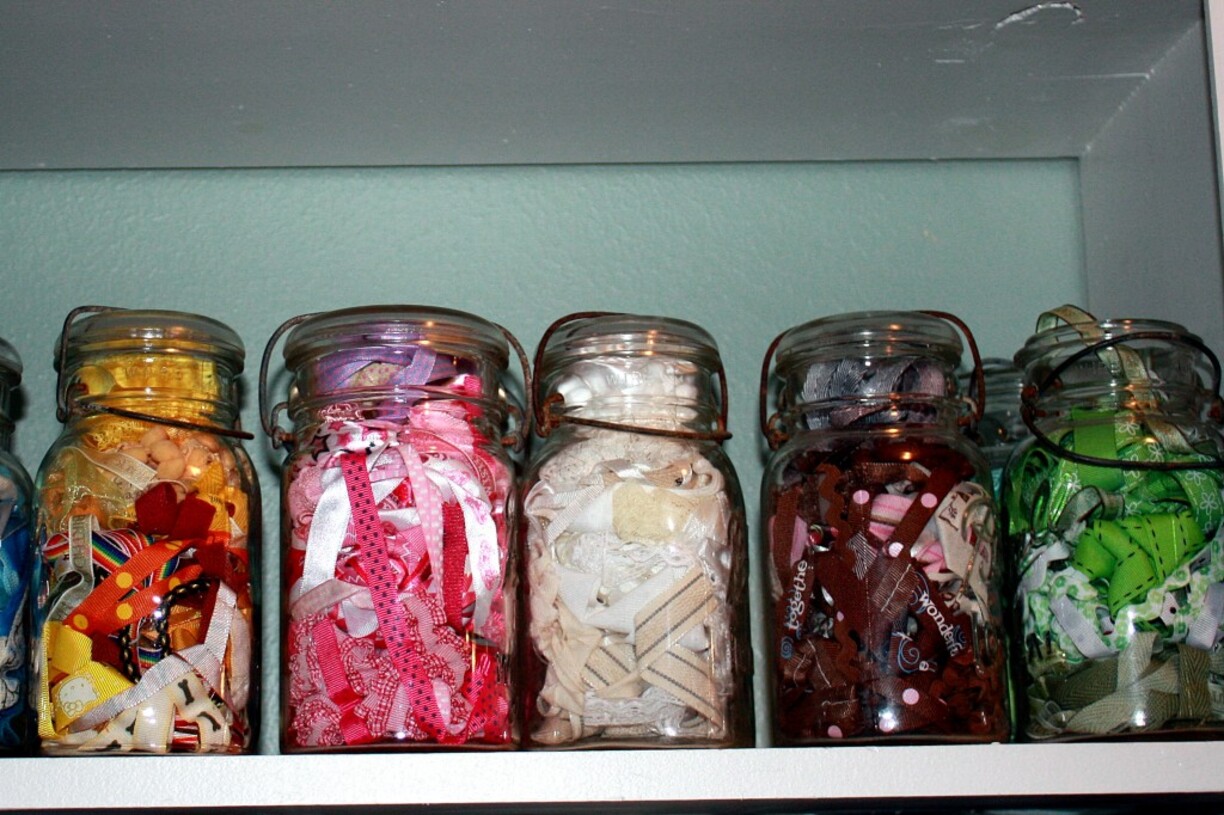
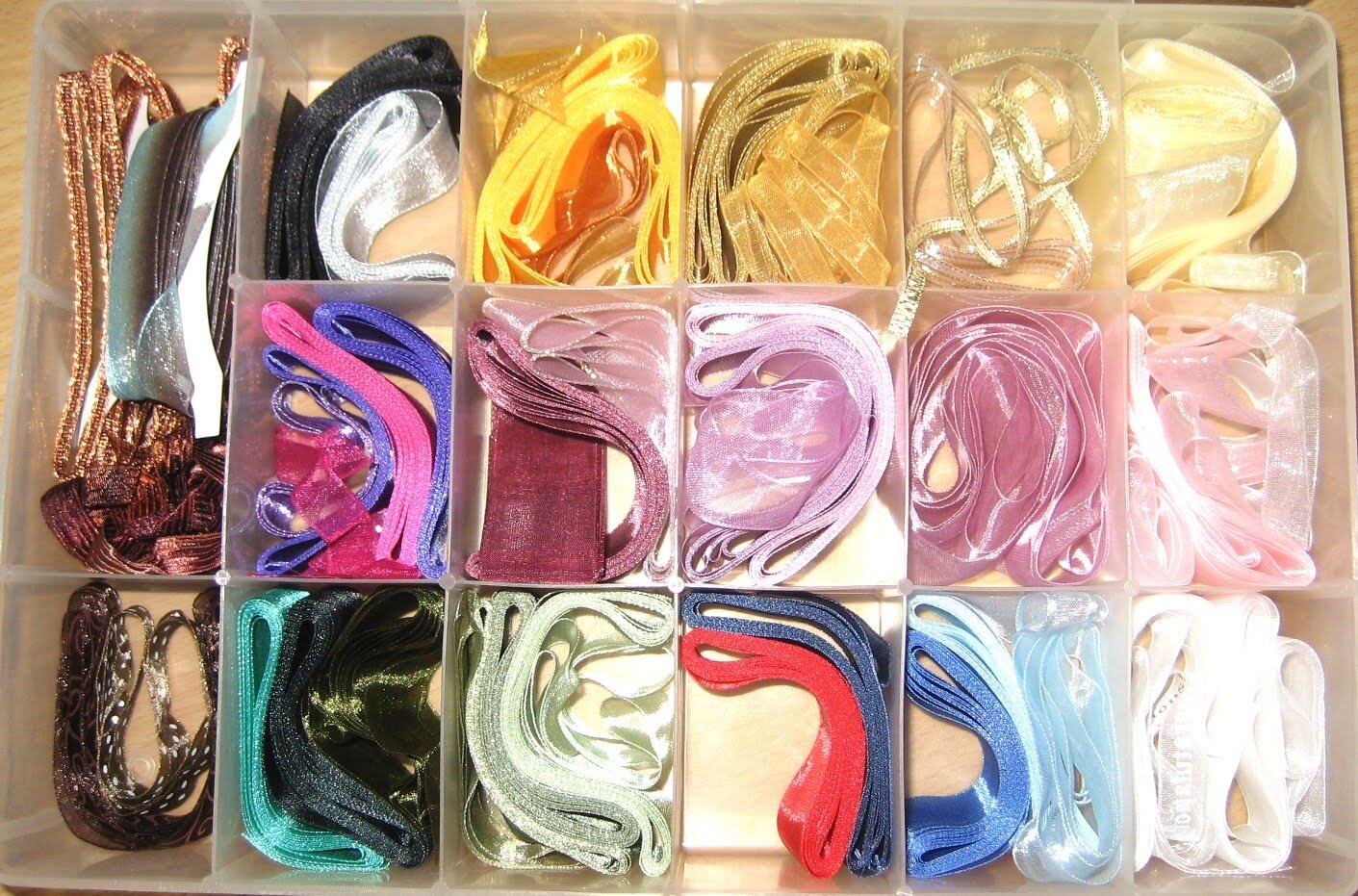
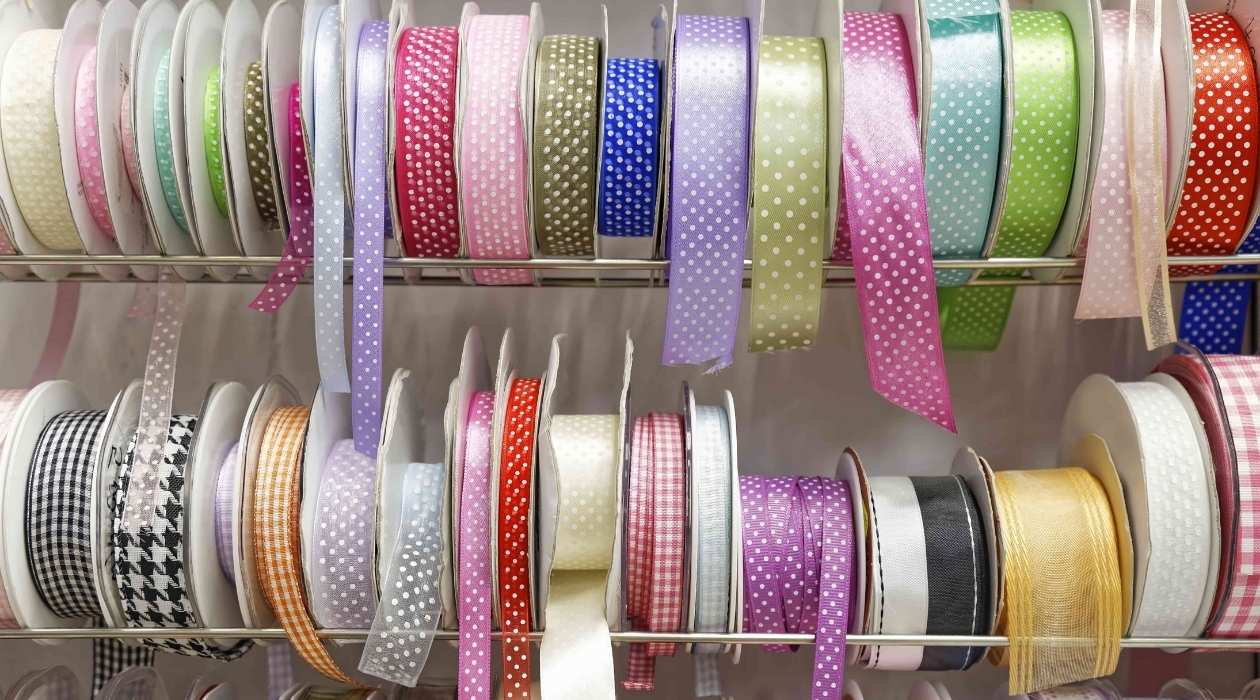


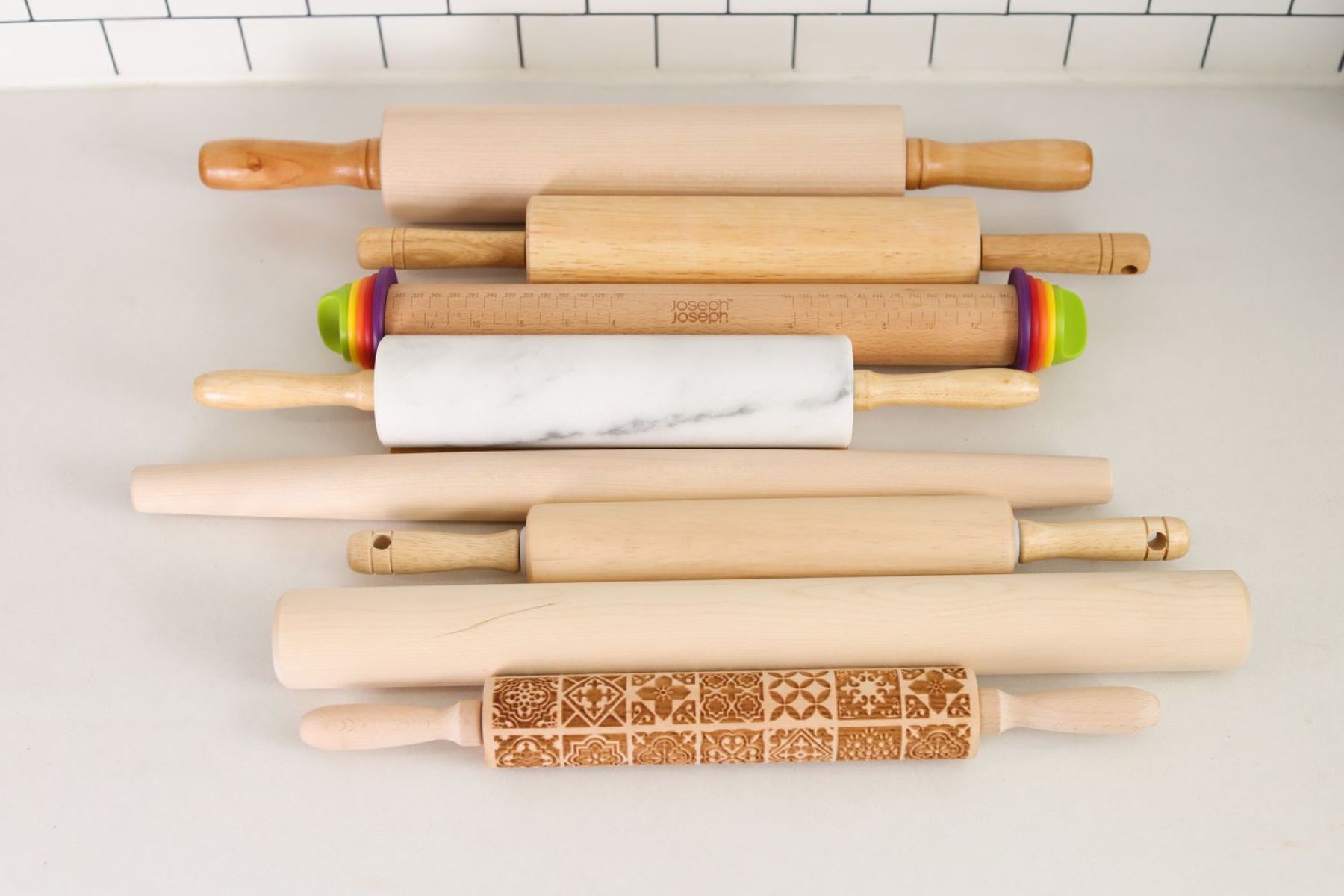
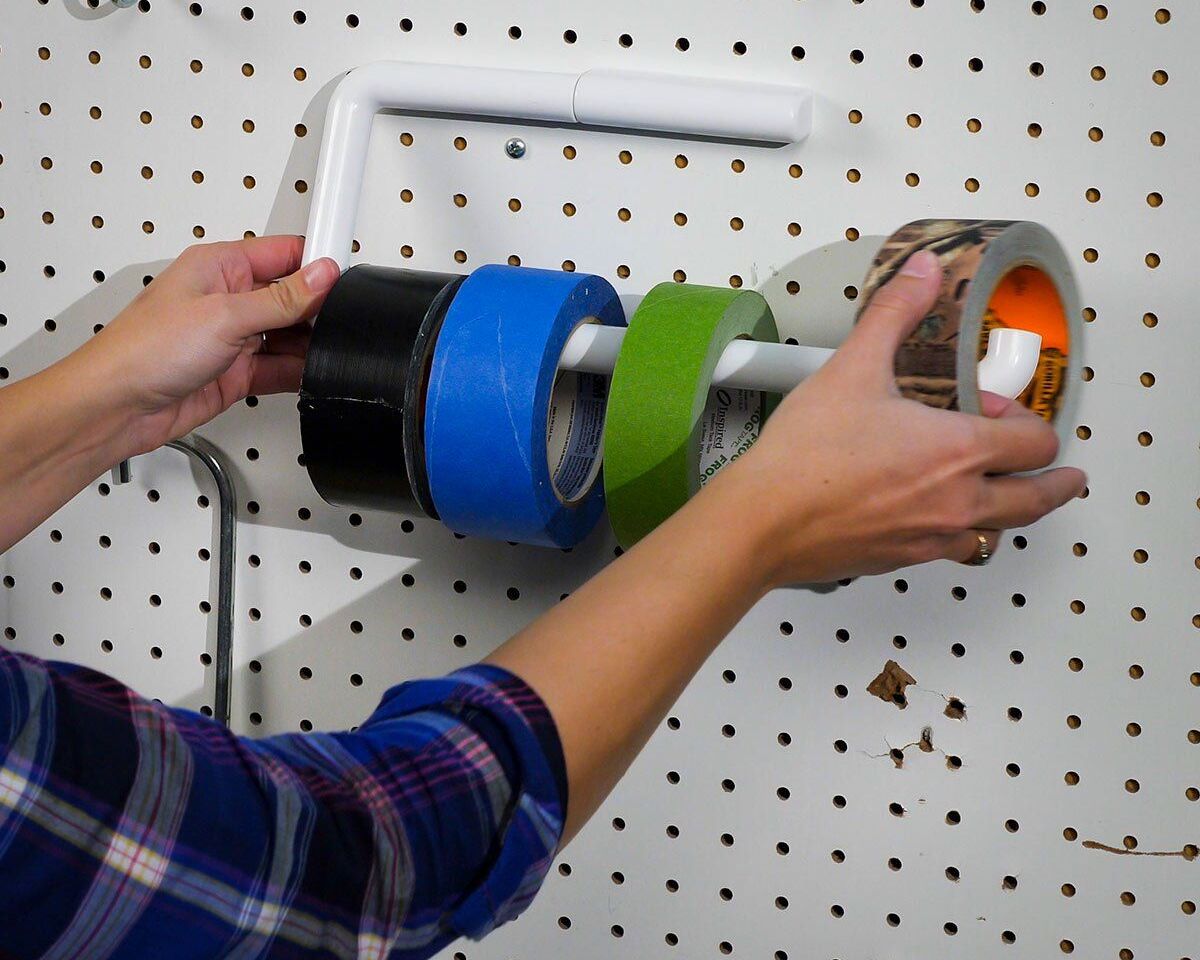
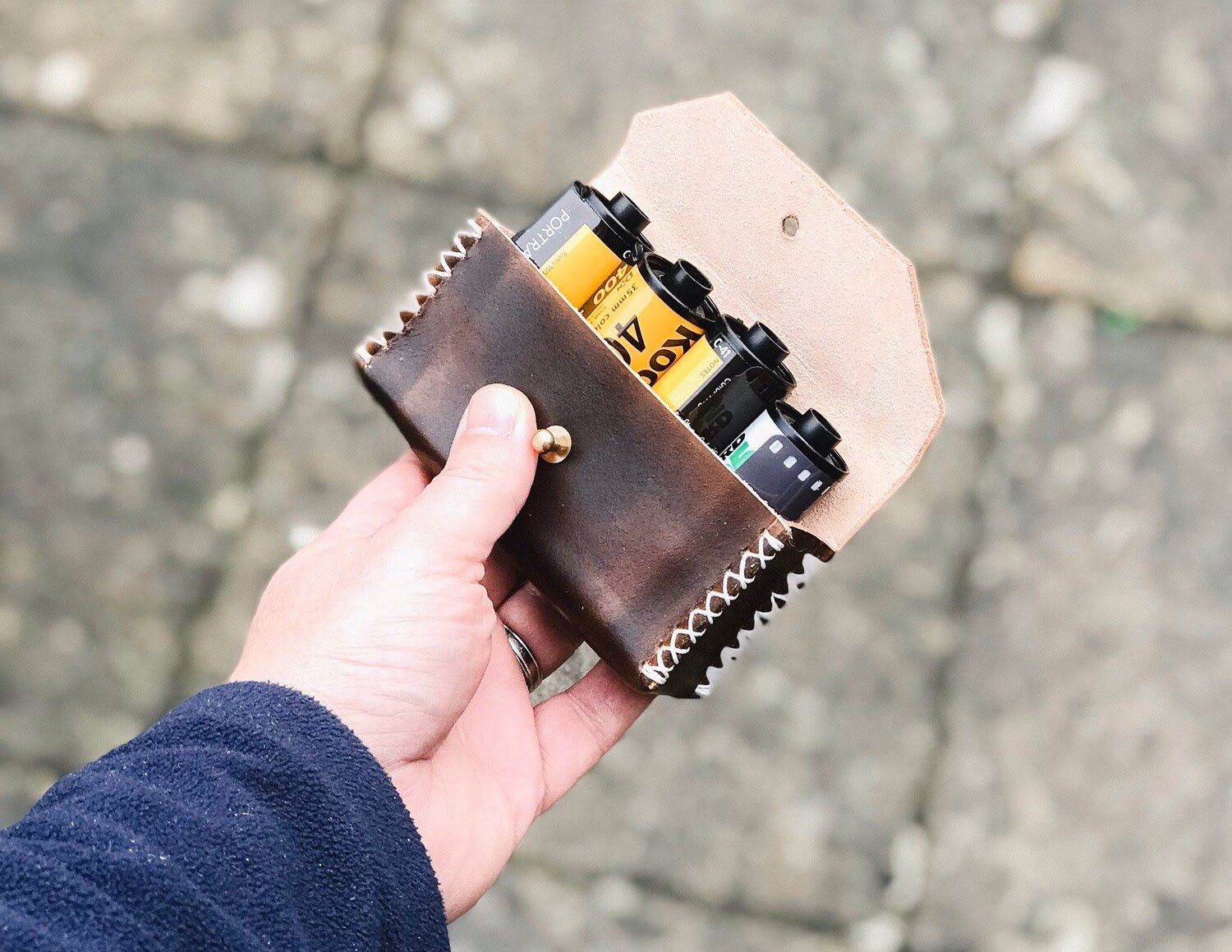




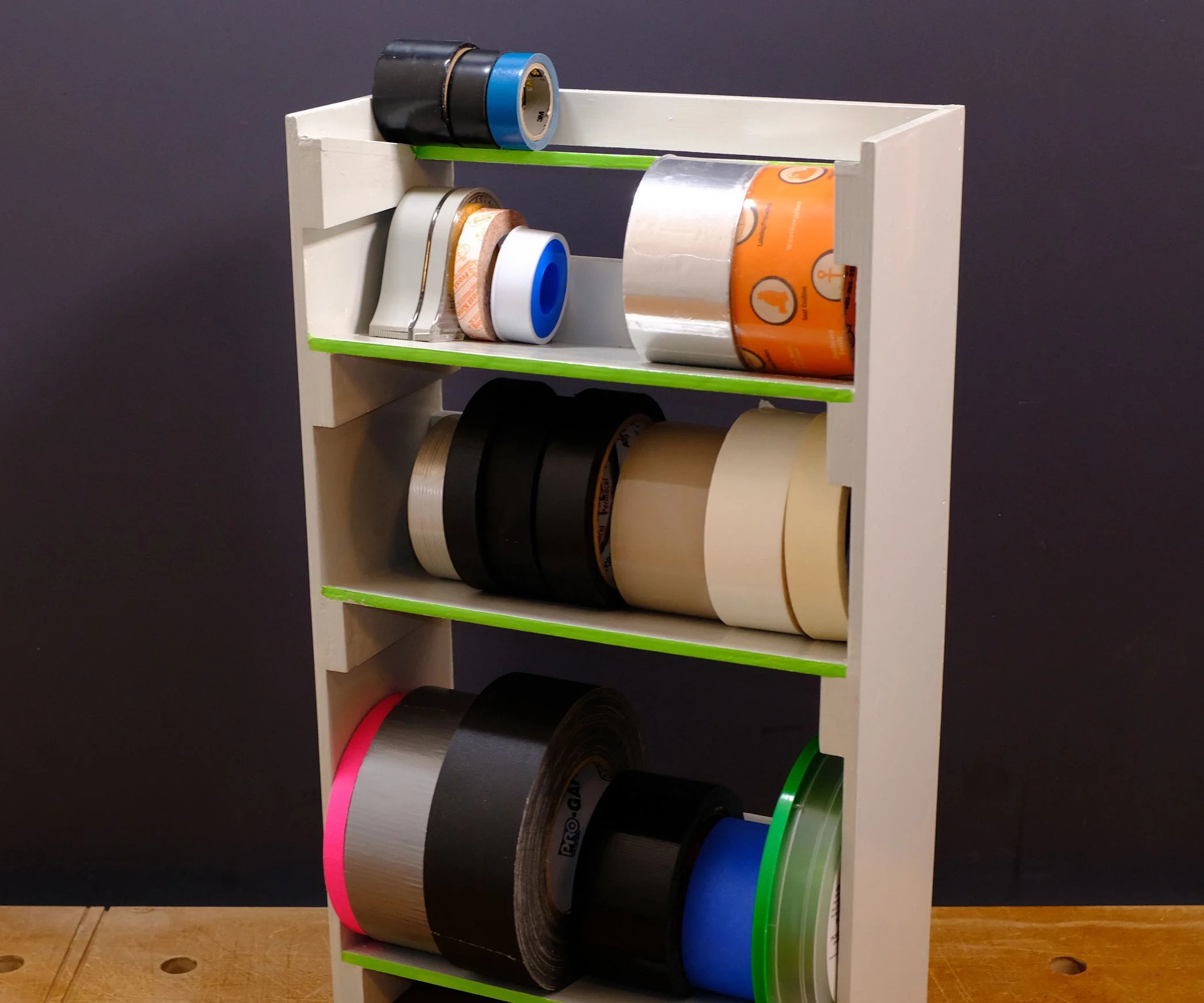


0 thoughts on “How To Store Rolls Of Ribbon”